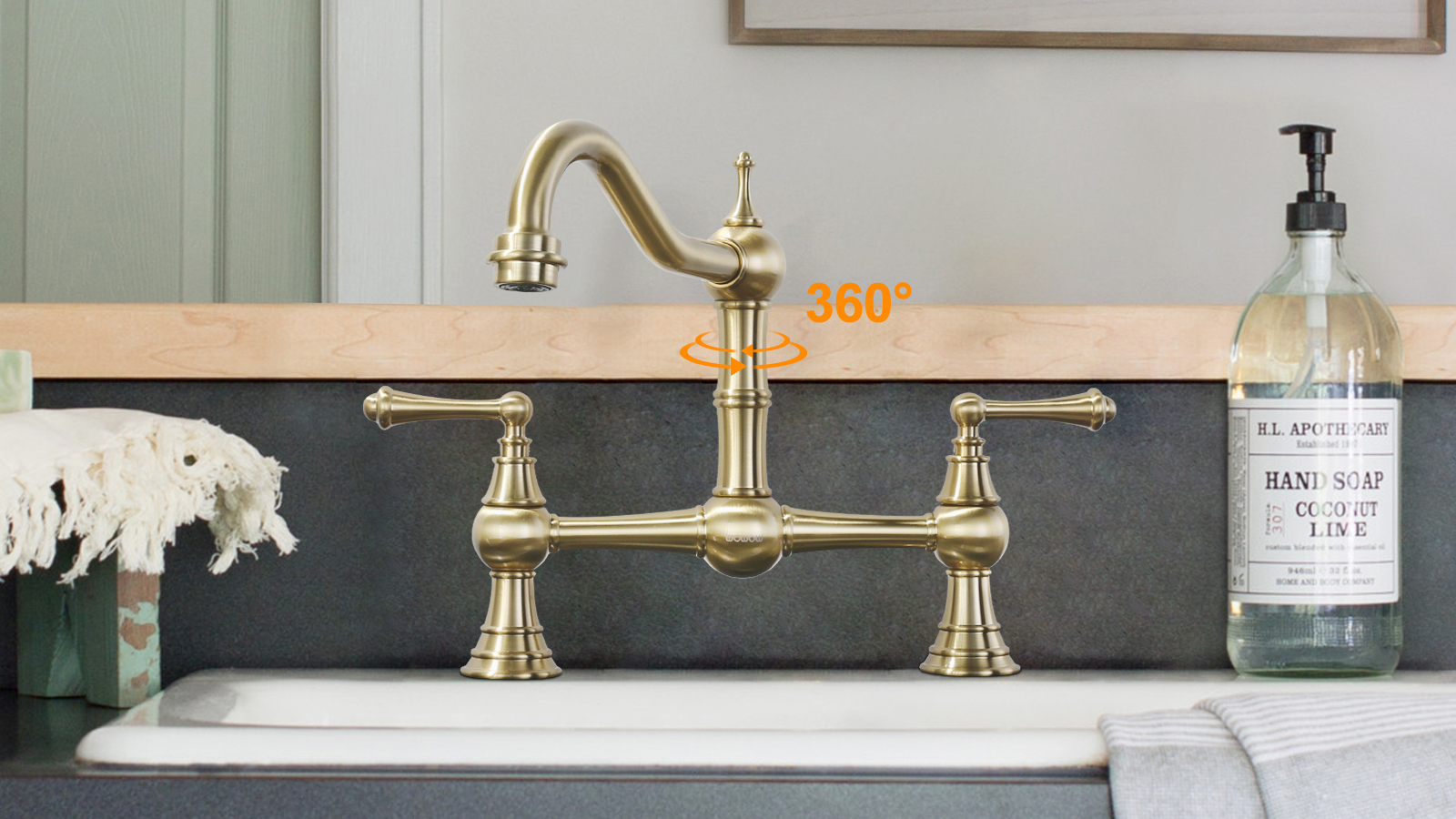
Why Lead in Faucets Is a Concern
Lead is a toxic metal that was once widely used in plumbing systems because of its malleability and resistance to corrosion. However, it’s now known to pose serious health risks—especially to children and pregnant women. According to the EPA, lead exposure can affect almost every organ in the body, but it’s especially damaging to the brain and nervous system.
Unfortunately, even low levels of lead in drinking water can be harmful, making it essential to minimize contact wherever possible.
Where Does the Lead Come From?
Contrary to what some might assume, faucets themselves can be a source of lead contamination, particularly if they’re made with brass or other alloys that contain small amounts of lead. Additionally, lead can leach from:
- Faucet bodies and internal components
- Older plumbing pipes and solder
- Brass fittings and valves
Even though water itself may not contain lead when it leaves the municipal supply, it can absorb lead from the faucet it flows through—especially if water sits stagnant in the fixture.
What Does “Lead-Free” Actually Mean?
U.S. Federal Definition
The Reduction of Lead in Drinking Water Act, which took effect in 2014, defines lead-free as:
- No more than 0.25% weighted average lead content across the wetted surfaces of the faucet and its components.
- For non-potable fixtures (like those used in industrial or outdoor irrigation), the old standard of 8% may still apply.
This 0.25% rule doesn’t mean that every component must be completely lead-free, but the average across all parts that touch water must not exceed that threshold.
California and Other State Laws
California led the charge on lead-free plumbing laws with AB1953, which also set the 0.25% standard. Many other states followed, and today, all plumbing fixtures intended for drinking water in the U.S. must meet this limit.
How Do You Know If a Faucet Is Truly Lead-Free?
Manufacturers must comply with regulations, but as a consumer, you can take a few steps to make sure you’re buying a safe product.
1. Look for NSF/ANSI 372 or 61 Certification
NSF International is a third-party organization that tests and certifies plumbing products. Look for the following marks:
- NSF/ANSI 372 – Certifies the faucet meets lead-content requirements.
- NSF/ANSI 61-G – Ensures the faucet is safe for use with drinking water and complies with the 0.25% lead limit.
2. Check for “Lead-Free” Labeling
While the term can be misleading, reputable manufacturers will clearly state compliance with lead regulations. Look for phrases like:
- “Certified Lead-Free”
- “Complies with Reduction of Lead in Drinking Water Act”
- “Low-lead brass construction”
3. Buy from Reputable Brands
Major manufacturers like Moen, Kohler, Delta, Grohe, and American Standard typically ensure compliance with all safety regulations. Be especially cautious when buying from unfamiliar brands or through third-party sellers on large marketplaces.
What Are Lead-Free Faucets Made Of?
Lead-free faucets often use alternative materials or special brass alloys to meet compliance standards. Common options include:
- Stainless Steel – Naturally lead-free and very durable.
- Plastic or Polymer Components – Lightweight and inexpensive, but may not be as long-lasting.
- Lead-Free Brass – Brass can still be used if it’s formulated with low or no lead content (commonly replacing lead with bismuth or silicon).
The use of stainless steel has increased significantly in modern faucets, especially in kitchen applications, because of its safety, durability, and sleek aesthetic.
Tips for Ensuring Safe Water at the Faucet
Even if you’ve chosen a certified lead-free faucet, there are additional steps you can take to ensure water safety:
1. Flush Before Use
If a faucet hasn’t been used for several hours, run the water for 30–60 seconds before drinking or cooking with it. This clears out any water that may have absorbed metals from the fixture.
2. Use Cold Water for Cooking and Drinking
Hot water is more likely to leach lead or other metals from plumbing. Always use cold water and heat it separately if needed.
3. Install a Water Filter
Certified water filters (e.g., NSF/ANSI 53) can reduce lead and other contaminants in your water, offering extra peace of mind.
Conclusion: Safety Through Smart Choices
The term lead-free faucet may not mean “zero lead,” but it does mean the product complies with stringent health and safety standards. With federal regulations in place and independent certifications like NSF/ANSI 372, homeowners have better access to safe, high-quality plumbing fixtures than ever before.
When choosing your next faucet—especially one that delivers drinking water—check for certification, verify the materials, and opt for products from reliable manufacturers. Your health, and that of your family, is worth it.
Need help choosing a lead-free faucet? I can recommend models or brands that meet the strictest standards—just ask!
 ARCORA FAUCETS
ARCORA FAUCETS